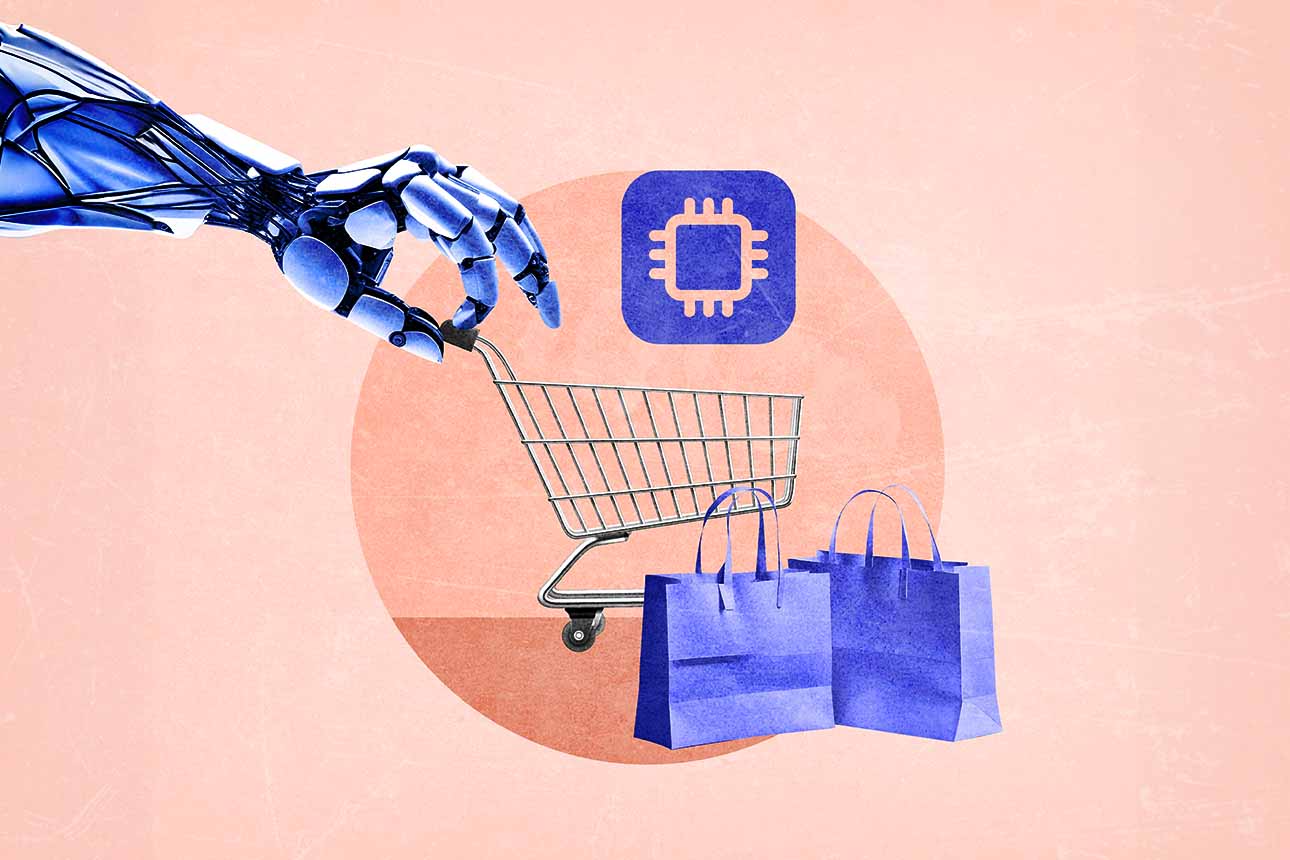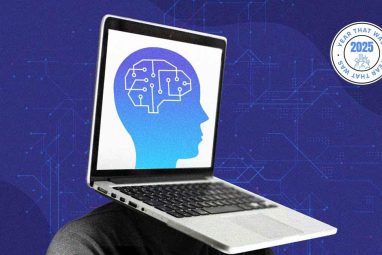4 Tools Middle East Retailers Can Leverage to Have Upper Hand
With the UAE’s retail sector alone forecasted to reach $74.87 billion by 2028, Yango Tech recommends four key tools retailers need to leverage to have the upper hand in the evolving landscape.
Topics
News
- UAE Targets 60 Trillion AI Tokens To Become 'Factory of Intelligence'
- AI Godfather Geoffrey Hinton Says Future Jobs Won’t Come Close to Those Lost
- 116M EVs To Be On Road by 2026, Predicts Gartner
- AI Companies Falling Short of Global Safety Standards, Study Finds
- Tally Launches New Campaign for Saudi MSMEs Aligned with Vision 2030
- AWS Unveils 3 AI Agents to Streamline Software Development

[Image source: Krishna Prasad/MITSMR Middle East]
With consumer demand in the Middle East rising rapidly, the region’s retail market size is expected to reach USD 868.69 billion in 2025 and to go on to touch USD 1532.07 billion by 2033.
This growth is largely driven by omnichannel shopping habits and expectations for speed and accuracy, with AI-powered automation becoming essential for retailers to stay competitive. Notably, AI is expected to contribute up to $150 billion to GCC economies by 2030, McKinsey predicts.
With the UAE’s retail sector alone forecasted to reach $74.87 billion by 2028, Yango Tech recommends four key tools retailers need to leverage to have the upper hand in the evolving landscape.
1. AI Agents
A system that autonomously performs tasks by designing workflows with available tools, AI agents have rapidly become a tool used across industries and sectors. “AI agents are revolutionizing retail by delivering personalized, real-time recommendations and predictive insights that boost sales by up to 15%,” the company said.
With a potential market size of USD 52.62 billion by 2030, AI agents can automate sourcing, inventory, and pricing decisions along with forecasting demand to optimize promotions.
2. Smart Price Tags
Smart Price Tags or electronic shelf label (ESL) are digital display systems used by retailers to show product pricing, item information, and inventory data. “AI-driven dynamic pricing analyses millions of products in minutes, adjusting prices in real time based on demand, competition, and seasonality, boosting merchandise value by up to 20%,” the group added. ELS can be paired with digital twin technology to offer live visibility into inventory, enabling retailers to link pricing to availability, cut waste, and protect margins while maintaining customer trust.
The ESL market was valued at USD 1.97 billion in 2025 and is forecasted to touch USD 3.78 billion by 2030.
3. Computer Vision
A subfield of AI, computer vision equips machines with the ability to process, analyze, and interpret visual inputs such as images and videos. In retail, it enables real-time optimization of store layouts and product placement based on shopper behaviour, boosting sales and experience, along with offering deep insights into store conditions and supporting warehouse and logistics monitoring for greater accuracy and efficiency. When combined with augmented reality, this system also significantly enhances customer engagement by allowing virtual try-ons and realistic product visualization at home.
4. Robotic Automation
Lastly, robotic process automation (RPA) is a form of software robotics that deploys intelligent automation to mimic human actions in repetitive back-office functions. Its primary goal is to increase efficiency by handling tasks such as extracting data, completing forms, and managing files. “Robotics is becoming essential in retail,” as per the Group. Under it, warehouse pickers specifically were reported to achieve up to 95% accuracy, freeing staff for higher-value tasks. “Autonomous delivery robots operate 24/7 in urban areas, reducing emissions and reaching locations larger vehicles cannot, supporting more efficient and sustainable logistics,” the company said.





